

- English courses
- German courses
- Language tests & certificates
- Language & Culture
- About Us
- -

The past is a foreign country: they do things differently there. Thus begins L.P. Hartley’s perhaps best-known novel The Go-Between.
This opening line so aptly describes the Edwardian era; the last era in British history to be named after the ruling monarch. It lasted little more than a decade marking the beginning of the 20th Century an era that began with the death of Queen Victoria. It has been described as a leisurely time when women wore large hats but did not vote; when the sun never set on the British Empire. It was an era that took not only its name, but much of its character from Edward VII. And he was a very different character to his mother. In contrast to the strict moral codes of Victoria, Edward loved the luxuries of life. It was an era that ended with an apocalypse they called The Great War.
Course members were asked to read the following titles. They were discussed in the order given below.
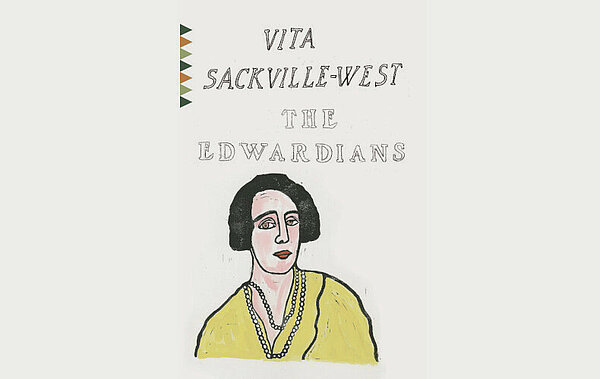
"The Edwardians" is the portrait of a sophisticated society at the height of an era and shows through the lives of its characters everything that was glamorous about that time and everything that was to lead to its demise. Sebastian and Viola are children of the English aristocracy. Handsome and moody 19-year-old Sebastian is the heir to Chevron, a huge country estate. He shares a deep sense of tradition and a love of the English countryside with his heritage, but he loathes the cold, extravagant society to which he belongs. His 16-year-old sister Viola is more independent: an unfashionable beauty who despises everything related to her heritage - especially womanhood.
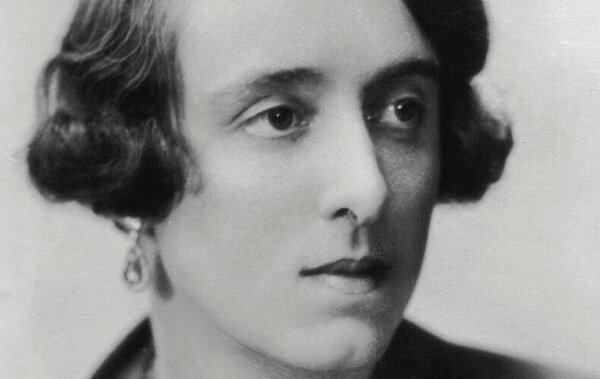
1892 - 1962
Victoria Mary Sackville-West, known as Vita, was born in Knole in Kent in 1892, the only child of aristocratic parents. In 1913 she married the diplomat Harold Nicolson, with whom she had two sons. She travelled extensively before settling at Sissinghurst Castle in Kent in 1930, where she devoted much of her time to designing the now world-famous garden. Throughout her life, Sackville-West had a number of other relationships with men and women, and her unconventional marriage was later the subject of a biography written by her son Nigel Nicolson. Although she produced an extensive body of work, including writings on travel and gardening, Sackville-West is best known for her novels. Sackville-West died at her home in Sissinghurst on 2 June 1962, aged 70.
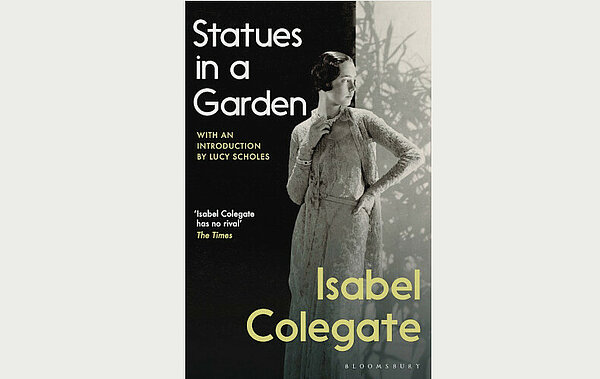
by Isabel Colegate
'I am afraid I have something to tell you. It is that we are all about to be destroyed.' The old standards are going. There is bitterness in politics, talk of civil war in Ireland. But all this means little to Cynthia Weston, attractive wife of cabinet member Aylmer Weston, and her nephew by marriage Philip. They are caught up in the charmed, perilous toils of a mutual passion that will destroy all they hold most dear – while the shadow of war lengthens and darkens, ready to swallow their world whole. A captivating portrait of a lost world, Statues in a Garden is a rediscovered masterpiece by one of the most important and neglected British female writers of the twentieth and twenty-first centuries.
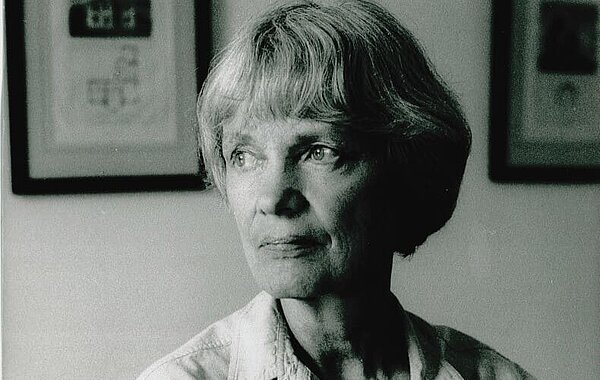
Born 1931
Isabel Diana Colegate born on the 10th September 1931 in Lincolnshire, Colegate’s father was Sir Arthur Colegate, while her mother was Winifred Mary, a daughter of Sir William Worsley, 3rd Baronet, and the widow of Captain Francis Percy Campbell Pemberton of the 2nd Life Guards, who had been killed in action in the First World War. She was educated at Runton Hill School in Norfolk. In 1952, Colegate, in partnership with Anthony Blond, set up the publishing firm, Anthony Blond (London) Ltd. In 1953, Colegate married Michael Fenwick Briggs, and the couple have two sons and a daughter. From 1961 to 2007 they lived at Midford Castle near Bath. Isabel Colegate’s novel The Shooting Party (1980) was adapted as an award-winning film of the same name, released in 1985 by Castle Hill Productions Inc

by Saki
Saki's dazzling tales manage the remarkable feat of being anarchic and urbane at the same time. Studded with Wildean epigrams and featuring well-contrived plots and surprise endings, his stories gleefully skewer the pompous hypocrisies of upper class Edwardian society. But they go beyond mere satire, raising dark humour to extremes of entertaining outrageousness that have rarely since been matched. Saki's elegantly mischievous young heroes sow chaos in their wake without breaking a sweat, and are occasionally joined by werewolves, tigers, eavesdropping house pets, and casually murderous children. This selection includes such famous stories as "Tobermory," "The Open Window," "Sredni Vashtar," "Mrs. Packletide's Tiger," "The Schartz-Metterklume Method," and many more.
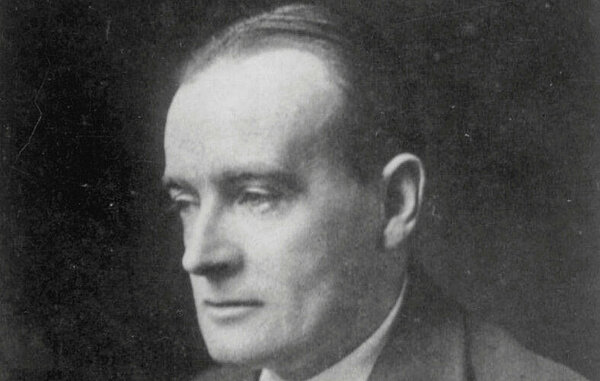
1870 - 1916
Saki is a pet name from Hector Hugh Munro. Saki was the son of Charles Augustus Munro, an Inspector General for the Indian Imperial Policean, and his mother, Mary Frances Mercer. He was born in British Burma in 1870. When his mother died in 1872 (she was charged by a cow) he moved with his siblings to England and raised by his grandmother and paternal maiden aunts. In 1887, after his retirement, his father returned from Burma and embarked upon a series of European travels with Hector and his siblings. Hector followed his father in 1893 into the Indian Imperial Police and was posted to Burma, but successive bouts of fever caused his return home after only fifteen months. In 1896 he decided to move to London to make a living as a writer. In November 1916 he was killed by a German sniper during the Battle of the Ancre.
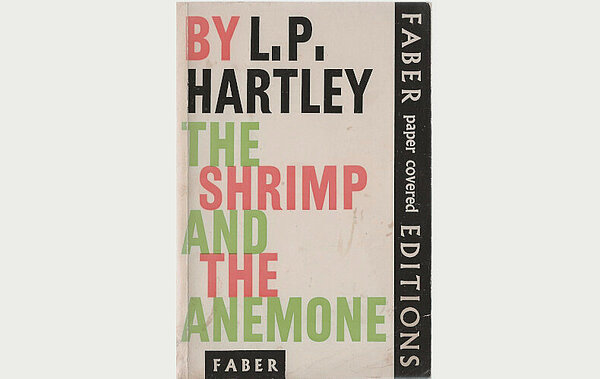
There is a delicious irony and humour in this Jamesian story about Eustace and Hilda, an Edwardian brother and sister, with its famous opening scene as nine-year-old Eustace watches an anemone devour a shrimp in a tidepool among the rocks on a Norfolk beach during the summer holidays. A shadow begins to be cast over the children's innocent conversations and gaucherie, revealing their anxieties about themselves, and the constraints of their cosseted lives, as the outside world - of other children, dancing lessons, adults, illness, funerals, money, excursions in landaus, future schools - impinges in Eustace and Hilda's intimacies and fantasies.
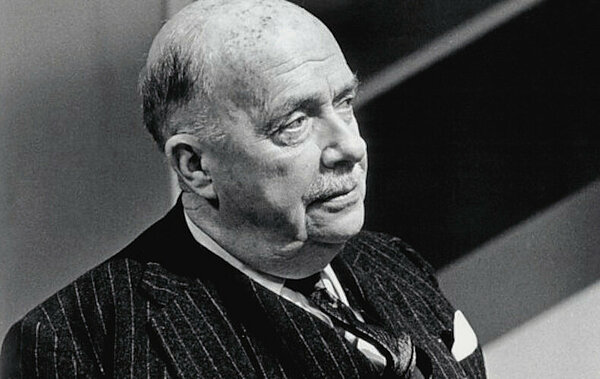
1895 - 1972
Leslie Poles Hartley, known as L.P. Hartley, was born in 1895 in Whitlesey (England). He is the son of Harry Bark Hartley a solicitor and justice of peace, and Mary Elizabeth Thompson and had two sisters. Although his first fiction was published in 1924, his career was slow to take off. His most popular novel is The Go-Between (1953) was adapted to film in 1971. In total, Hartley published 17 novels, six volumes of short stories and a book of criticism. Leslie was homosexual and was not open about it. He regarded his 1971 novel The Harness Room as his "homosexual novel" and feared the public reaction to it. Hartley died in London in 1972 at the age of 76.
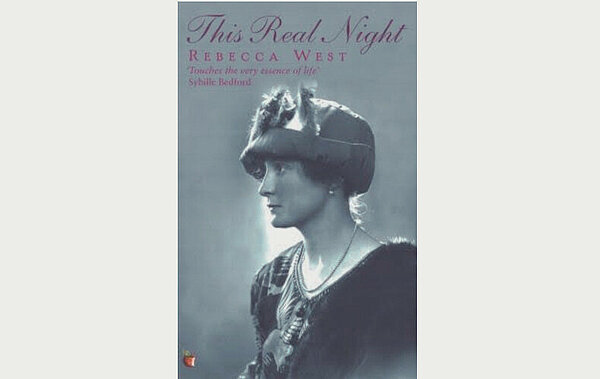
Rose Aubrey gives us an intimate, unforgettable picture of the Aubrey family, who now lead an idyllic, almost carefree, life in England in the years before World War I. The family has acquired some money. Rose and Mary, the twins, exist for their music. Their brother, Richard Quin, appears destined for literary greatness at Oxford. Brilliant conversation, their forte, is at a premium. The Aubreys do not perceive the dark foreshadowings contained in their father's rumored death, Cordelia's rejection of music for marriage, and their quiet cousin Rosamund's increasingly important role in the family. As the "Real Night" of World War I descends, painful changes await the Aubrey family and all of England.
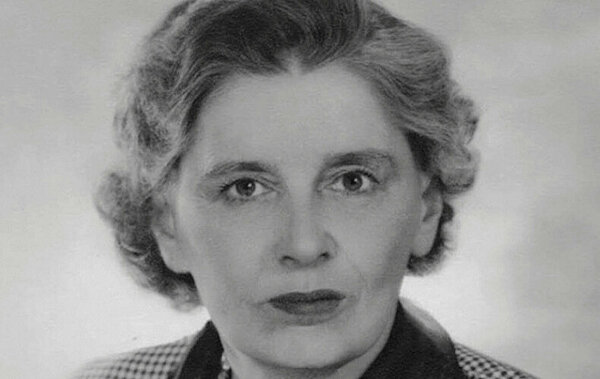
1892 - 1983
Rebecca West was born Cicily Isabel Fairfield in 1892 in London (England). Her father deserted his family when she was eight years old. He died when Cicily was 14 in Liverpool. The rest of her family moved to Edinburgh (Scotland), where she was educated at George Watson's Ladies College. In 1907 Sheh had to leave school due to a bout of tuberculosis and chose not to return after her recovering from the illness, later describing her schooling at Watson´s as akin to a prison. She had an affair with H.G. Wells, with who she had a son in 1914. West is also said to have had relationships with Charlie Chaplin, Lord Beaverbrook and John Gunther. In 1930 she married a banker, Henry Maxwell Andrews. She died on 15 March 1983.

"A Tale of Passion," as its subtitle declares, The Good Soldier relates the complex social and sexual relationships between two couples, one English, one American, and the growing awareness by the American narrator John Dowell of the intrigues and passions behind their orderly Edwardian facade. It is the attitude of Dowell, his puzzlement, his uncertainty, and the seemingly haphazard manner of his narration that make the book so powerful and mysterious. Despite its catalogue of death, insanity, and despair, the novel has many comic moments, and has inspired the work of several distinguished writers, including Graham Greene. This is the only annotated edition available.
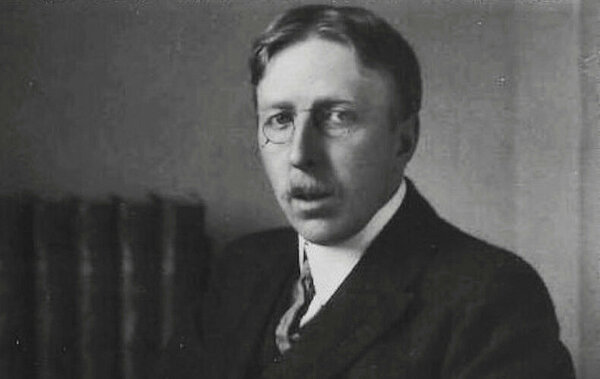
1873 - 1939
Ford Madox Ford was born Joseph Leopold Ford Hermann Madox Hueffer in 1873 in Wimbledon (England). His father was German and his mother English. In 1894 He and his school girlfriend Elsie Martindale eloped. They were married in Gloucester and moved to Bonnington. The couple had two daughters. In 1904, Ford suffered an agoraphobic breakdown due to financial and marital problems. He went to Germany to spend time with family there and undergo treatments. Between 1918 and 1927, he lived with Stella Bowen, an Australian artist who is 20 years old. In 1920, Ford and Bowen had a daughter. In 1927 Ford had converted a mill building in Avignon, France into a home and workshop that he called "Le Vieux Moulin". Ford spent the last years of his life teaching at Olivet College in Michigan. He was taken ill in Honfleur, France, in June 1939 and died shortly afterward in Deauville. The Good Soldier is frequently included among the great literature of the 20th century.